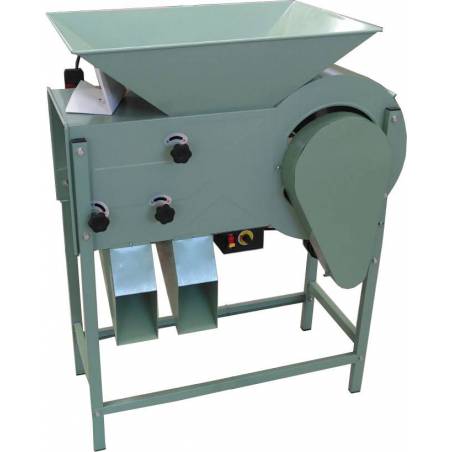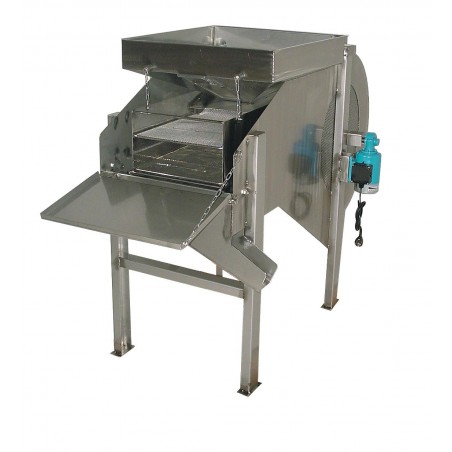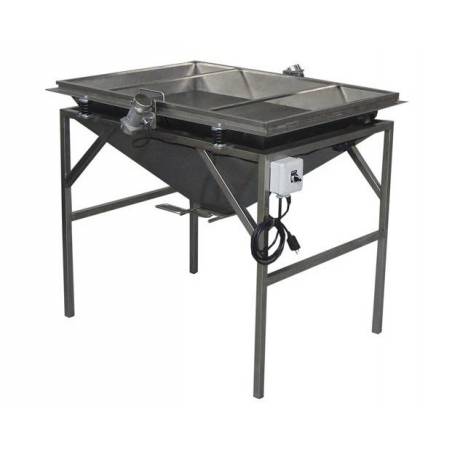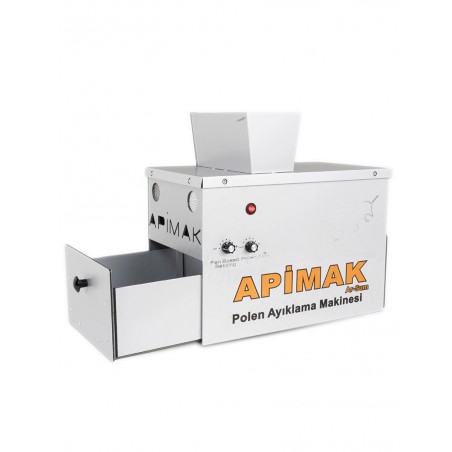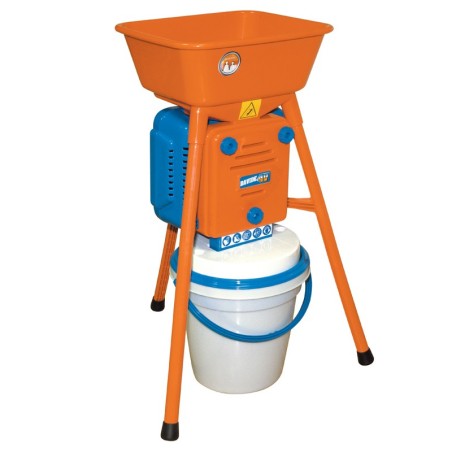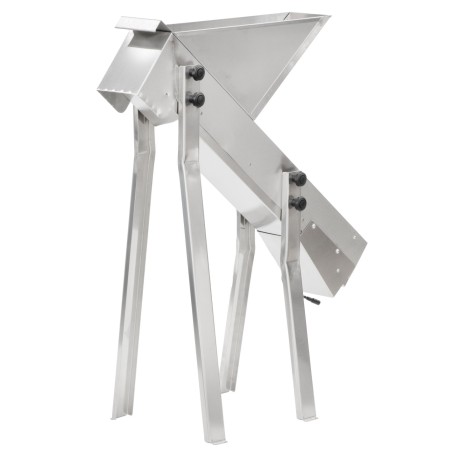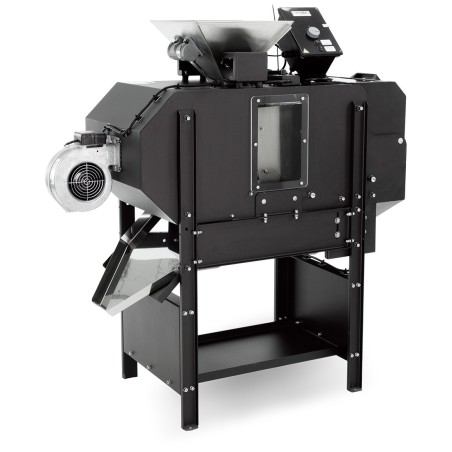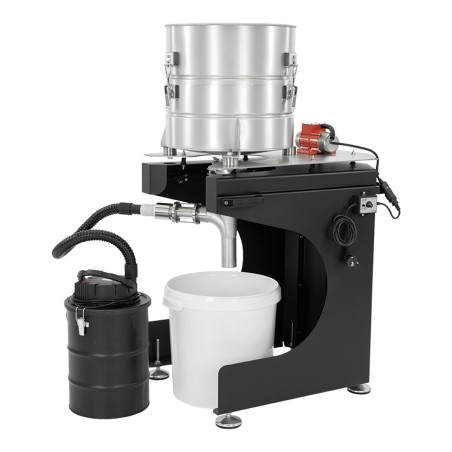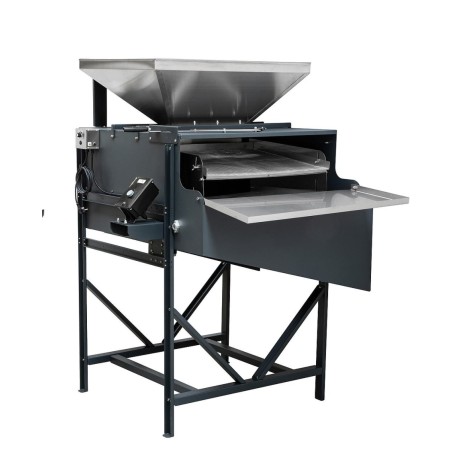Pollen cleaners
Learn how to properly clean and preserve bee pollen. Vibrating pollen cleaners and sieves to achieve pure, dry, high-quality pollen for consumption or sale.
Ensure Clean Pollen with Our Pollen Cleaners
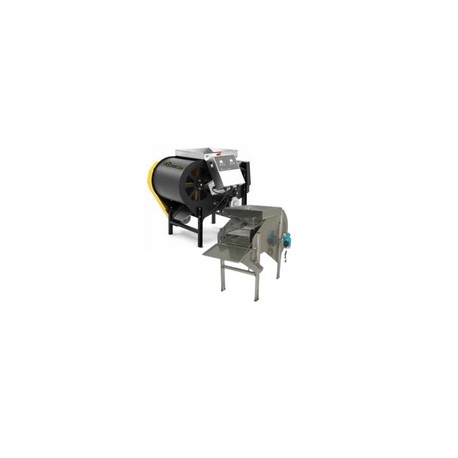
Pollen cleaners
Pollen is one of the most valuable products in modern beekeeping, but to preserve its properties and ensure its commercial quality, it is essential to properly remove impurities after collection. Pollen cleaners and sieves are designed to separate wax fragments, bee legs or wings, dust, and plant debris, obtaining clean, dry, and high-quality pollen.
Why is cleaning pollen important?
Freshly harvested pollen contains moisture and organic residues that, if not removed, promote the growth of microscopic fungi, yeasts, and contamination that lower its nutritional quality, accelerate spoilage, and hinder its marketability. Proper cleaning helps to:
• Reduce microbial load and extend shelf life.
• Present homogeneous and attractive pollen for human consumption markets.
• Meet export requirements regarding residues and purity.
• Avoid commercial rejections due to visible impurities.
How do pollen cleaners work?
These machines combine several working principles:
• Vibration: moves pollen across calibrated meshes, facilitating the separation of unwanted debris.
• Sieving: separates pollen granules from finer impurities.
• Dust suction: removes fine particles detached during vibration.
• Discharge channels: allow controlled collection of clean pollen without recontamination.
Practical tips for beekeepers
• Always dry the pollen before cleaning, ideally down to 8% moisture, to prevent crushing or clumping.
• Use appropriate mesh sizes: for finer pollen (such as viper's bugloss or heather), choose smaller mesh; for coarser pollen (like rockrose or thistles), larger mesh sizes are better.
• Adjust vibration intensity carefully: excessive vibration can break pollen pellets and create unnecessary dust.
• Perform cleaning in a dry, sheltered environment to prevent pollen from reabsorbing ambient humidity.
Which type of cleaner should you choose?
• Compact models: ideal for beekeepers collecting small amounts for personal use or local sales.
• Professional vibrating cleaners: recommended for medium to large apiaries aiming to optimize pollen quality for dietary or export markets.
• Devices with dust separators: essential to achieve maximum purity and prolong storage life.
Having the right pollen cleaning system not only improves product quality but also protects the beekeeper’s reputation as a supplier of premium-grade pollen.

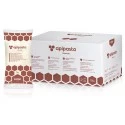 Apipasta with vitamins 15kg
Apipasta with vitamins 15kg
 Beecomplet® Spring 14Kg
Beecomplet® Spring 14Kg
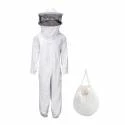 Beekeeper suit with round veil
Beekeeper suit with round veil
 Oxalic acid 1kg
Oxalic acid 1kg
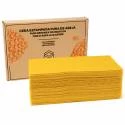 Beeswax Foundation 5kg
Beeswax Foundation 5kg
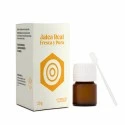 Fresh royal jelly 20g
Fresh royal jelly 20g
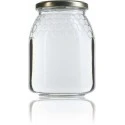 Classic honey jar 1kg comb-lines TO77 - Pack of 16 units
Classic honey jar 1kg comb-lines TO77 - Pack of 16 units
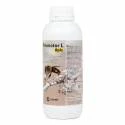 Promotor L 1 liter
Promotor L 1 liter
